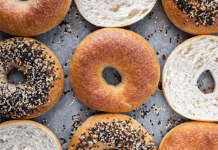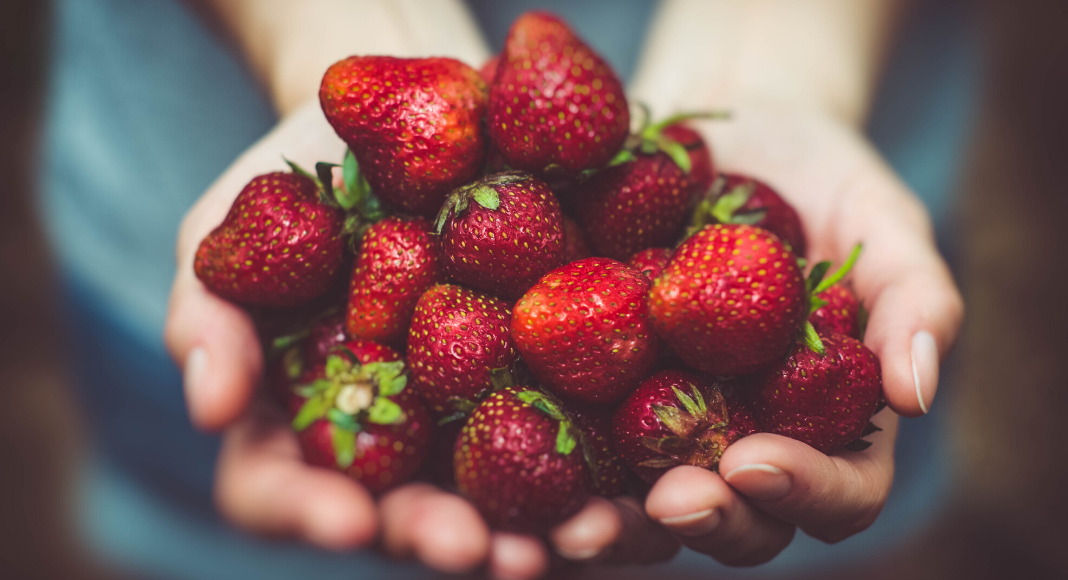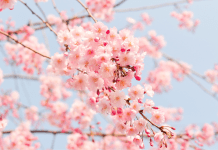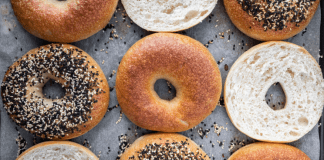
As we ping-pong between the DMV’s “The Pollening” and “Actual Spring,” and as I wait with misplaced hope for the Tidal Basin cherry blossoms (which I probably won’t get to see in person again this year), I find myself thinking about how simply I saw the changing seasons as a child.
In fact, with a toddler in the house, I find myself wanting to decorate our home according to these long-held beliefs about the calendar:
- January is snow, with snowflakes everywhere.
- February is all about hearts, for Valentine’s Day.
- March is green — a little for spring, but mostly shamrocks for St. Patrick’s Day.
- April is for showers (and some Easter) that would bring …
- … May flowers.
- June is sunny, the beginning of summer and the end of school year.
- July is simply an American flag, perhaps with some fireworks or a charcoal grill.
- August is a melting popsicle, or maybe a beach umbrella.
- September is rulers, pencils, and apples — all about going back to school.
- October is fall leaves, with a bit of Halloween stuck on at the end.
- November is turkeys, for Thanksgiving.
- December is all about Christmas.
Not So Simple
Of course, these simple statements about the changing seasons have their issues.
Most lack logic. January in southern Pennsylvania, where I grew up, is mostly just cold, or occasionally icy — and spring flowers are generally over by mid-May. The school year starts in late August, which is far too early to wear the flannels and corduroys that fill back-to-school catalogs.
Many of the symbols are rooted in religion, be it in honoring Catholic saints or celebrating the Christ story — people and concepts not celebrated by all.
The monthly visions lack context. As an adult, I understand the traditional Thanksgiving history to be an overly simplified account that heavily favors (as most history does) the victors — and that turkey might not even have been eaten at that “first” meal.
And, of course, these seasons are (pseudo) reality only in the Northern Hemisphere — or, more specifically, the northeastern portion of the United States. And they leave out all of the accompanying natural disasters: treacherous thunderstorms, massive cold-weather power outages, hurricanes, and wildfires.
So why does this standard old list of seasons give me so much comfort? I don’t know, honestly. But I do know that I spent part of a recent sunny Sunday afternoon drinking a glass of white wine and painting a wooden Easter-egg wreath. It was glorious.
Calendars Grow Up
I suppose the challenge now is to teach my son about the traditions not only in the simplified calendar, but also those that matter specifically to me — and to others.
Diwali is an important autumn holiday in our house, and we just got an order of gujiyas to celebrate Holi.
In September, I start to crave the Mid-Autumn Festival moon cakes I used to bring home after work trips to China.
I had my first hanami on a trip to Japan.
Juneteenth is now a state holiday in Virginia, and Indigenous Peoples’ Day gives us an opportunity to look at that other side of Thanksgiving.
And I do celebrate Easter, but I love Palm Sunday even more.
The calendar of seasons I see as an adult is messier but also richer — and that’s the type of world I hope my son will grow up to see.














